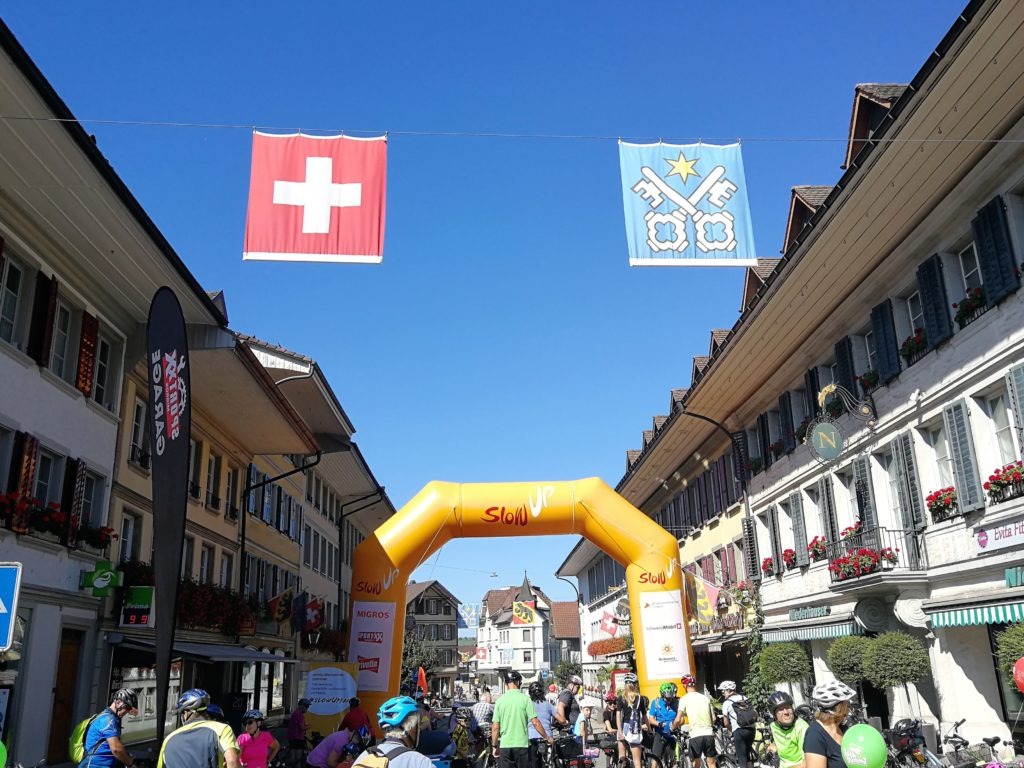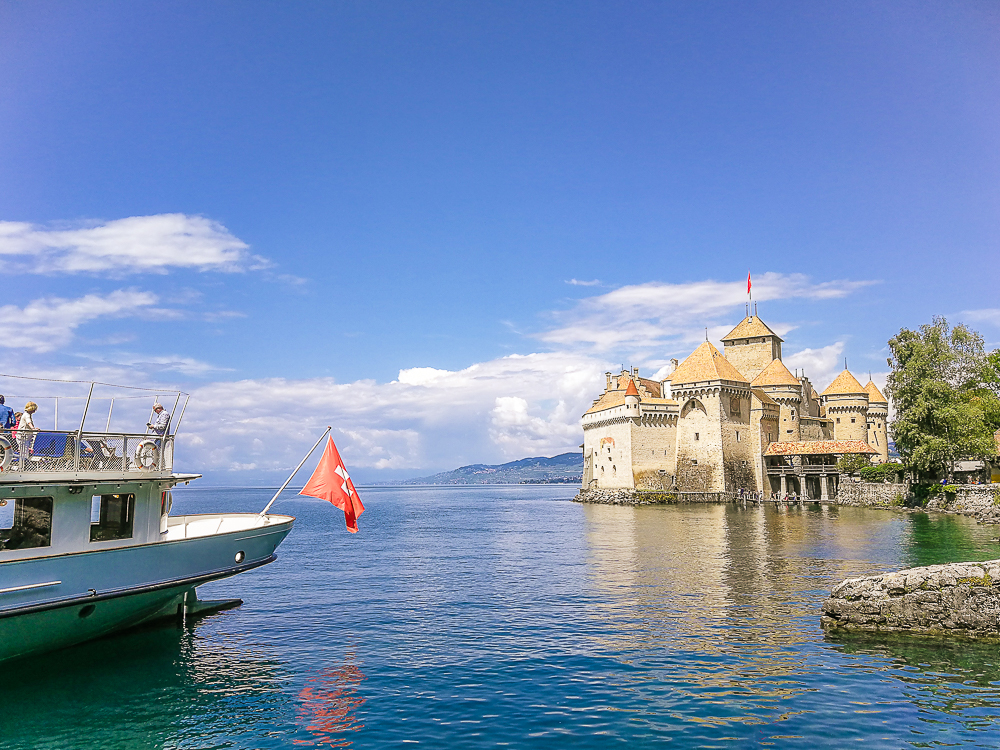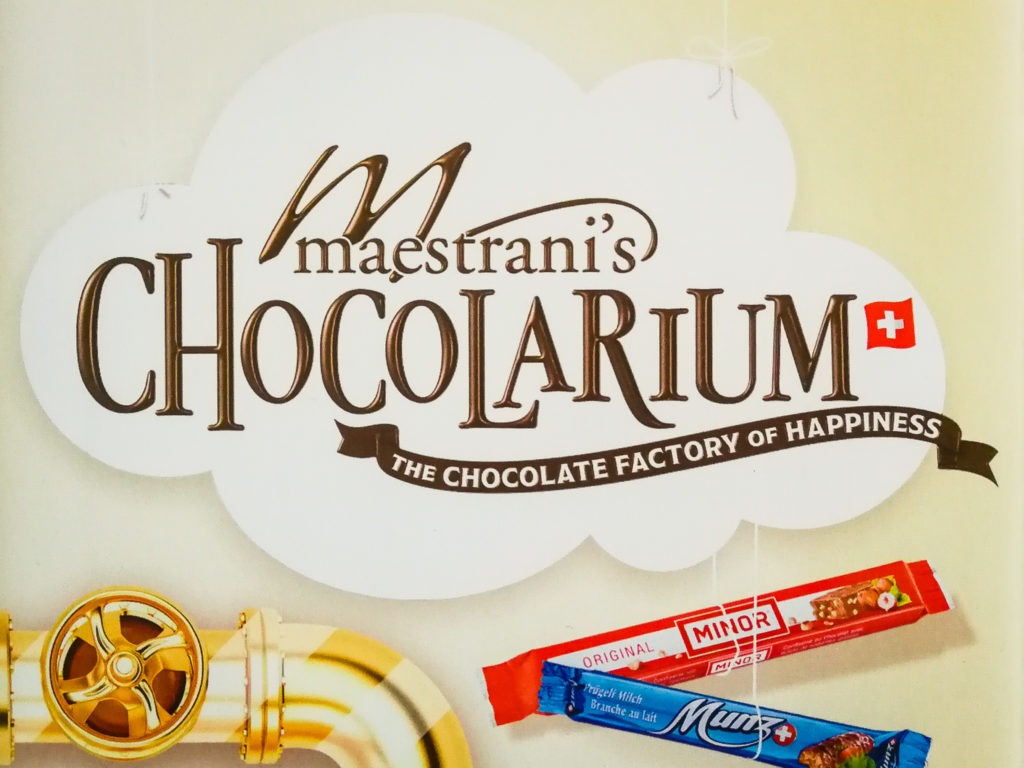Today I would like to share my experience of visiting the Museum of Swiss brands that I visited one November afternoon, that I had only very rarely for myself. Swiss Brand Museum is perhaps the smallest museum in which I’ve ever been, but definitely worth to stop because here you will learn lots of interesting information.
As I mentioned above, this museum is very small, as is the former customs house, which is a tiny house on Nydeggbrücke. Definitely, you pass it when we go visit the Bears of Berne in Bärengraben. As one of the few attractions is free. The permanent exhibition presents 22 pure Swiss inventions, which you might not even know that they originated in this Alpine country. To name a few:
Maggi
I do not know about you, but I recall my childhood memories and typical question at Sunday dinner: you want your soup with Vegeta or Maggi? So I was always for Maggi (and I´m not saying that just because I live here). “Inventor” of the liquid seasoning was Julius Michael Johannes Maggi, who noticed that the employees of his mill are poorly nourished and tried to figure out the way to increase their intake of protein without eating meat (I assume that meat consumption was rather exceptional at the Swiss countryside in the lowest social class, just like where I com from). And so, in 1884, he developed highly digestible flour based on peas, lentils, and beans, which supplied his workers with necessary nutrients. Two years later followed the legendary liquid seasoning.
Nestlé
Henri Nestlé was a merchant and inventor of German origin who settled in Vevey, Switzerland. He started experimenting with developing a formula for artificial powder baby milk to help mothers who couldn´t breastfeed their babies. In 1867 he invented the “Farine Lactée” that helped reduce infant mortality in the end of 19th century.
Nestlé´s name is also linked to the Cailler chocolate factory. Daniel Peter, the owner of the Cailler chocolate factory, used his invention of condensed milk to create the first milk chocolate. Henri Nestlé built a large food company during his life, which is still very successful and still has its headquarters in Vevey.
The Aluminium Foil and Tube
When we were talking about chocolate – in what it is actually packed? Oh well, under colored paper wrapper is still a layer of aluminum foil that protects this delicacy. A first aluminum foil was invented in 1910 and soon spread to the food industry when looking for the ideal protective packaging for chocolate. In addition to chocolate manufacturers, it was also the Maggi company (mentioned above) that started to use aluminum foil for packing their bouillon cubes and instant soups. From the aluminum foil was not far to the invention of an aluminum tube, which was a very innovative solution with which came in 1934 Hans Thomi. He was ahead of his time, he recognized that the sale of its Thomy mustard in stoneware pots is a bit cumbersome and its packaging in tubes preserves the taste and pungency longer.
Müsli
Did you know that the first muesli – a mixture of milk soaked oatmeal, nuts, and dried fruits – was founded in 1959 just in Switzerland. Dr. Bircher was hiking in the mountains and stopped for the night in a mountain hut, where he was offered this mix for breakfast in the morning. And Mr. Bircher found that gives incredible vitality and decided to prescribe it to his patients of his clinics to improve their health. Today’s “Birchermüesli” concept for a healthy and balanced nourishment and is sold in more than 40 countries.
Swiss watch
How could the museum omit a Swiss watch! Icons are “station” Mondaine clock from 1944 with its characteristic red second hand in the shape of shovels, are synchronized to the minute through telephone lines in more than 3,000 Swiss train stations. In the 80s Mondaine penetrated from the train stations to the “normal population” and began to produce wristwatch. I can boast that I own one. And I love them for their timeless clean design.
The another brand that is presented in this museum is Swatch – the flattest watch in the world (uh, I´ve got one too :))
Hip prosthesis
Fortunately, I don´t have this for the time being 🙂 But it’s good to know that it was developed in 1960 by a team of Swiss orthopedic surgeons and today the artificial hip replacement surgery represents an effective treatment for osteoporosis and return to an active lifestyle.
Temporary exhibition: Läderach Chocolate House
The temporary exhibition (runs until 25 December 2016!) takes you through the history and present of Läderach chocolate family, which originated in 1962 in Glarus in the east of Switzerland and in recent years has continued thanks to their innovations to conquering the world.
At the exhibition you can learn about their chocolate with all your senses – I obviously preferred tasting it 🙂
Although I´m not a fan of chocolate with high cocoa content (my favorite is the Cailler milk chocolate – the one with the purple package), so I have to admit that a piece of chocolate with 70% cocoa was not so bad after all.
DON´T FORGET TO PIN THIS FOR LATER:
If you don´t want to miss any of my recent posts please sign up for my blog in the top right-hand corner of this page. Thank you 🙂
I will appreciate any time if you share my posts on Facebook or Twitter. It helps get my blog out to more people, who may like my posts.
And of course, I look forward to reading all your comments.
























